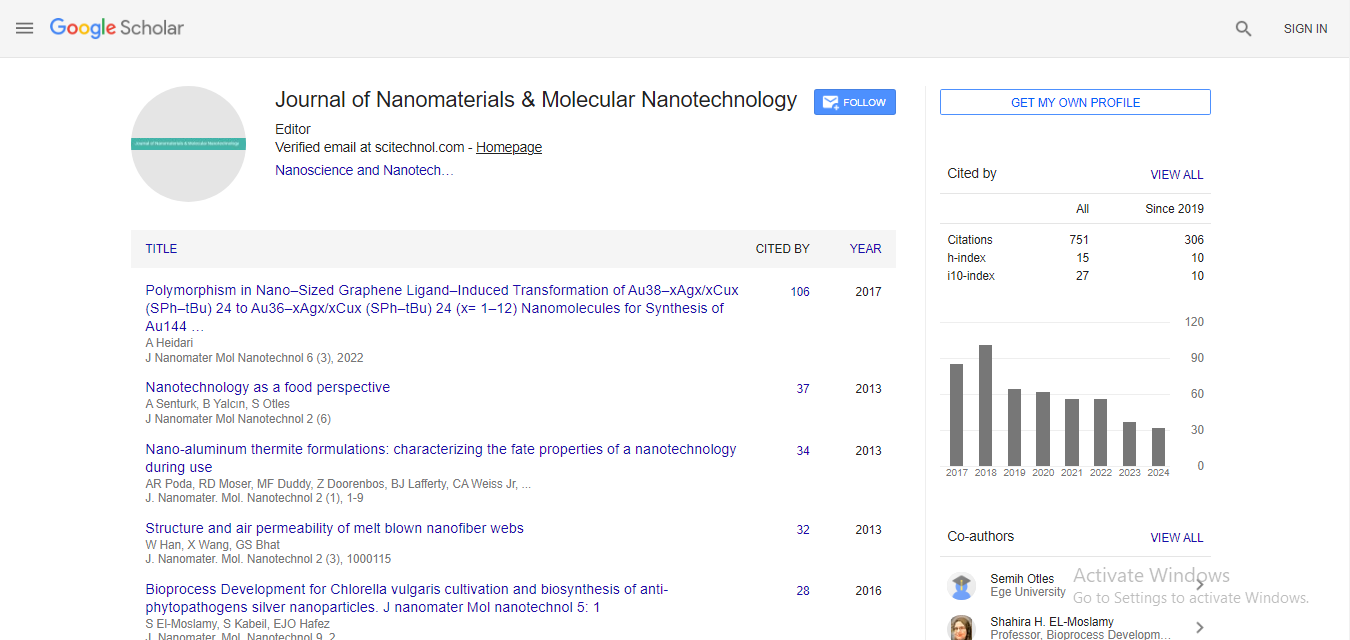Classification based computation: Nanofibrous scaffolds architecture using support vector regression analysis
Tajudeen Ayodele Adebileje, Sikiru Afolabi Adebileje, Hammed Tanimowo Aiyelabegan and Taoreed Olakunle Owolabi
Tehran University of Medical Sciences-International Campus (TUMS-IC), Iran
Tehran University of Medical Sciences-International Campus, Iran (Islamic Republic)
Tehran University of Medical Sciences-International Campus (TUMS-IC), Iran (Is
: J Nanomater Mol Nanotechnol
Abstract
Production of tissues/organs which looks like their natural counterparts with the help of good scaffolding architecture is among the aims of tissue engineering. Acceptably, scaffolds is a 3D artificial substrate for cells that serves as a template on which new tissue is regenerated. Nanofibrous scaffolds mimic the structural features of extracellular matrix which provide cues to a regenerate tissue with the use of collagen fiber. The collagen fiber structure which is noted for cell attachment, migration, proliferation, and differentiation in tissue culture serves well in estimating the band intensity of nanofibrous scaffolding architecture. We’ve utilized a machine learning approach through the use of support vector regression analysis (SVRM) in estimating the band intensity of nanofibrous scaffold. The SVR was built, trained and validated using some experimental values of band intensity from literature. The accuracy of 76.63% and 99.51% were obtained during the training and testing phase respectively. Our results proves that the estimate protein band intensity of nanofibrous poly (l-lactic acid) obtained from SVRM are accurate and close to the experimental values.
Biography
Tajudeen Adebileje completed his MSc at the age of 24 years from TUMS-IC Postdoctoral Studies at School of Advanced Technologies in Medicine, IRAN.
E-mail: tajudeenadebileje@gmail.com
 Spanish
Spanish  Chinese
Chinese  Russian
Russian  German
German  French
French  Japanese
Japanese  Portuguese
Portuguese  Hindi
Hindi 



